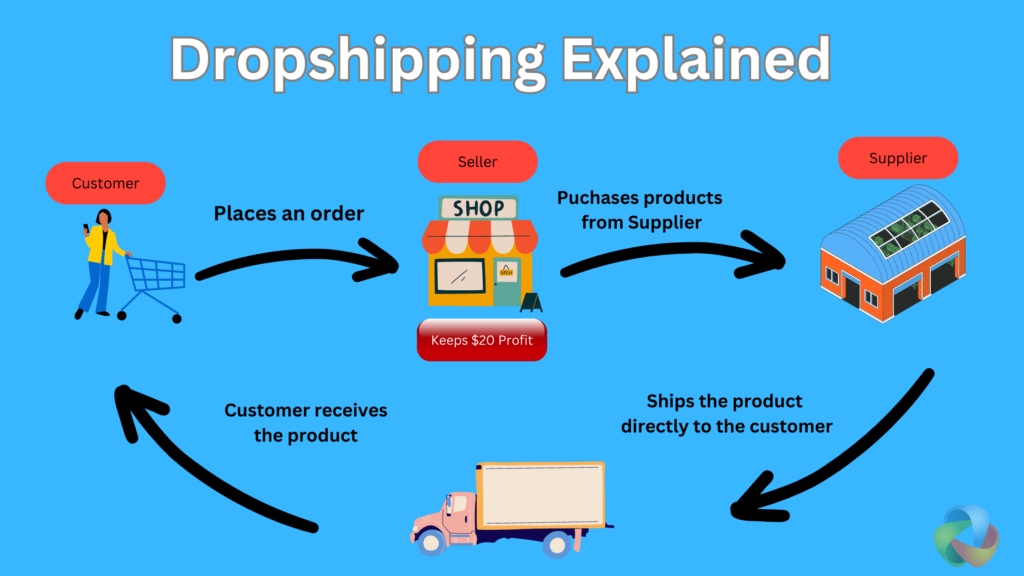Are you considering venturing into the world of e-commerce through dropshipping? This business model offers a low-risk entry into entrepreneurship, allowing you to sell products without holding inventory or managing fulfillment. However, to ensure your dropshipping venture thrives, strategic planning is key. Here are some top strategies to consider when planning to start a dropshipping business:
- Niche Selection: Identify a profitable niche with high demand and low competition. Conduct market research to understand consumer preferences, trends, and potential target audiences. Choosing a niche that aligns with your interests or expertise can give you a competitive edge.
- Supplier Research: Partner with reliable suppliers who offer quality products, competitive pricing, and efficient shipping services. Establish clear communication channels with suppliers to ensure seamless order fulfillment and timely delivery to customers.
- E-commerce Platform: Select a user-friendly e-commerce platform that integrates well with dropshipping tools and provides essential features such as product management, order tracking, and payment processing. Platforms like Shopify, WooCommerce, or BigCommerce are popular choices for dropshipping businesses.
- Optimized Product Listings: Create compelling product descriptions, high-quality images, and clear pricing information to attract customers and drive conversions. Implement SEO best practices to optimize product listings for search engines and improve visibility.
- Customer Service: Prioritize exceptional customer service to build trust and loyalty with your audience. Offer responsive support channels, easy returns policies, and transparent communication throughout the purchasing process.
- Marketing Strategies: Develop a comprehensive marketing plan that includes social media advertising, email campaigns, influencer partnerships, and content marketing to drive traffic to your online store. Utilize data analytics tools to track performance metrics and refine your marketing strategies accordingly.
- Financial Planning: Set realistic financial goals, monitor expenses carefully, and establish pricing strategies that ensure profitability while remaining competitive in the market. Keep track of cash flow, profit margins, and operational costs to maintain financial stability.
- Continuous Improvement: Stay updated on industry trends, customer feedback, and competitor activities to adapt your business strategies accordingly. Regularly evaluate performance metrics, test new ideas, and implement improvements to enhance the overall efficiency and profitability of your dropshipping business.
By implementing these strategic approaches in your dropshipping business planning process, you can set a solid foundation for success and position your venture for sustainable growth in the competitive e-commerce landscape. Embrace innovation, stay customer-focused, and remain adaptable to seize opportunities and overcome challenges as you embark on your entrepreneurial journey in dropshipping.





